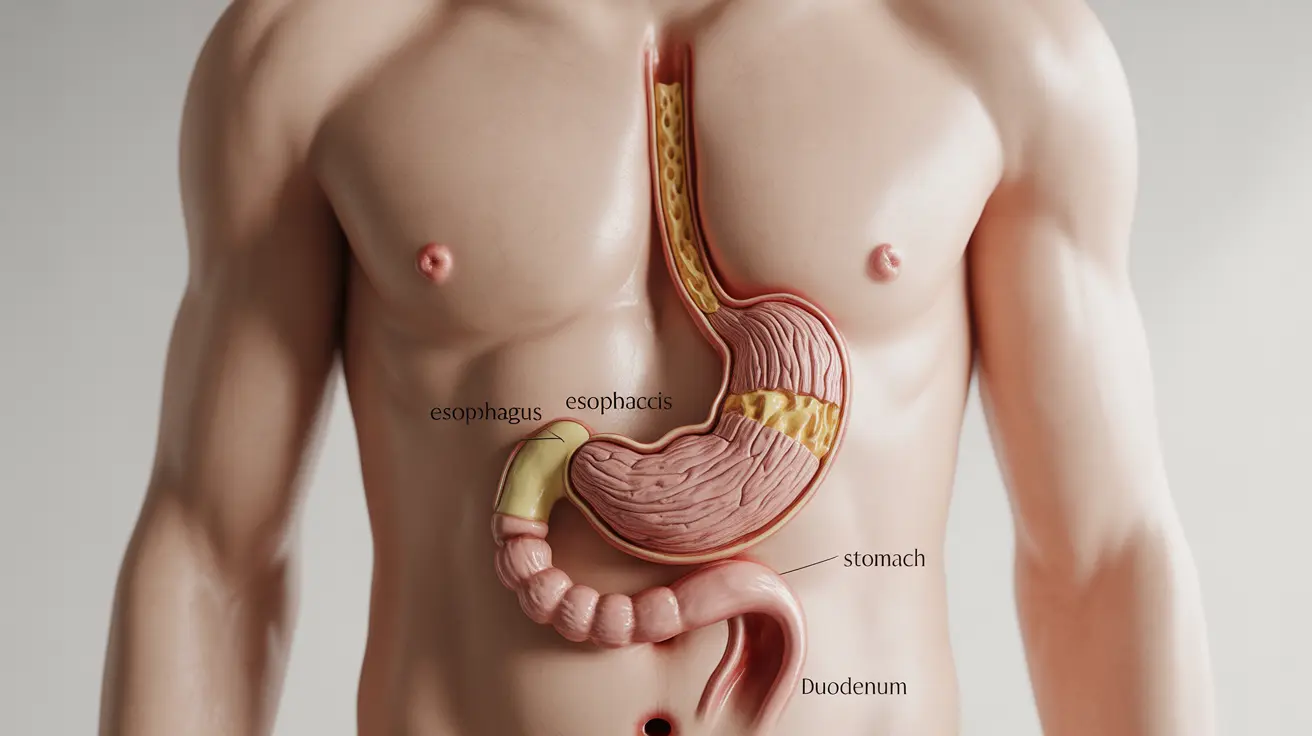Strong hip abductors are crucial for maintaining stability, preventing injuries, and improving overall athletic performance. These muscles, located on the outer side of your hips, play a vital role in daily movements and physical activities. Understanding how to effectively strengthen your hip abductors can make a significant difference in your mobility and quality of life.
In this comprehensive guide, we'll explore the most effective hip abductor exercises, their benefits, and how to incorporate them into your fitness routine safely. Whether you're an athlete looking to enhance performance or someone seeking to improve hip stability, these exercises can help you achieve your goals.
Understanding Hip Abductors and Their Function
Hip abductors consist of several muscles, including the gluteus medius, gluteus minimus, and tensor fasciae latae (TFL). These muscles work together to move your leg away from your body's midline and stabilize your pelvis during walking, running, and other weight-bearing activities.
Top Hip Abductor Exercises for Strength and Stability
Standing Side Leg Raises
This classic exercise effectively targets the hip abductors while improving balance:
- Stand straight beside a wall or chair for support
- Slowly raise your outer leg to the side while keeping it straight
- Hold for 2-3 seconds at the top
- Lower your leg with control
- Perform 12-15 repetitions per side
Clamshells
A gentle yet effective exercise for targeting the gluteus medius:
- Lie on your side with knees bent at 45 degrees
- Keep feet together while lifting your top knee
- Maintain control and avoid rotating your pelvis
- Hold briefly at the top
- Complete 15-20 repetitions per side
Side-Lying Hip Abductions
This exercise provides focused strengthening of the hip abductors:
- Lie on your side with legs extended
- Raise your top leg while keeping it straight
- Lift to about 45 degrees
- Lower with control
- Perform 12-15 repetitions per side
Progressive Training and Safety Guidelines
To safely progress your hip abductor exercises:
- Start with bodyweight exercises
- Add resistance bands when basic movements become easy
- Increase repetitions gradually
- Maintain proper form throughout each exercise
- Listen to your body and avoid pushing through pain
Benefits of Regular Hip Abductor Training
Consistent hip abductor exercises offer numerous advantages:
- Improved walking and running mechanics
- Better balance and stability
- Reduced risk of knee and hip injuries
- Enhanced athletic performance
- Greater functional strength for daily activities
Frequently Asked Questions
What are the most effective hip abductor exercises to strengthen the muscles on the outside of the hips?
The most effective hip abductor exercises include standing side leg raises, clamshells, and side-lying hip abductions. These exercises specifically target the gluteus medius and minimus while allowing for proper progression and form control.
How do hip abductor exercises help prevent common injuries like IT band syndrome and knee pain?
Strong hip abductors help maintain proper leg alignment during movement, reducing stress on the IT band and knees. They prevent excessive inward knee movement and provide stability during activities, significantly lowering the risk of common lower body injuries.
How often should I do hip abductor exercises, and how can I safely progress their intensity?
Perform hip abductor exercises 2-3 times per week, allowing rest days between sessions. Progress by increasing repetitions (12-20), adding resistance bands, or incorporating more challenging variations once you've mastered proper form with basic exercises.
What role do hip abductors play in improving balance and stability during daily activities and sports?
Hip abductors stabilize the pelvis during single-leg activities and lateral movements. They're essential for maintaining balance while walking, running, climbing stairs, and participating in sports that require quick directional changes.
Can strengthening hip abductors reduce pain from hip or knee conditions such as patellofemoral pain syndrome?
Yes, strengthening hip abductors can significantly reduce pain from various hip and knee conditions. Strong hip abductors help maintain proper joint alignment and distribute forces more evenly across the lower body, potentially alleviating symptoms of patellofemoral pain syndrome and other similar conditions.




